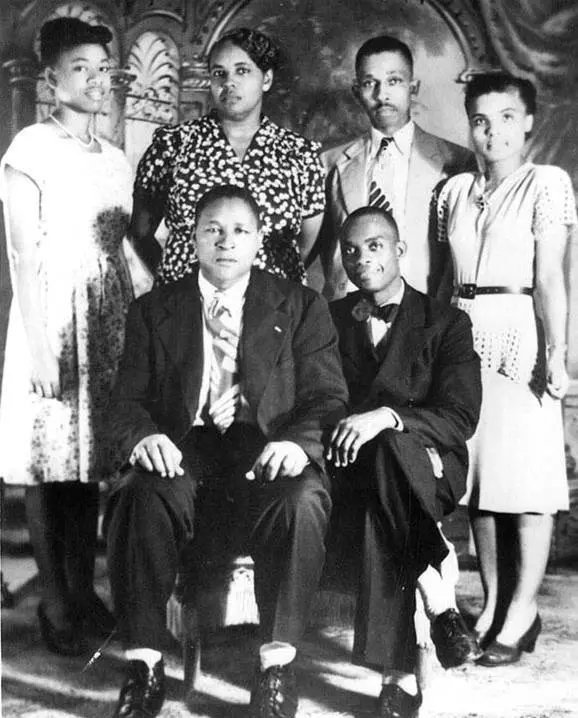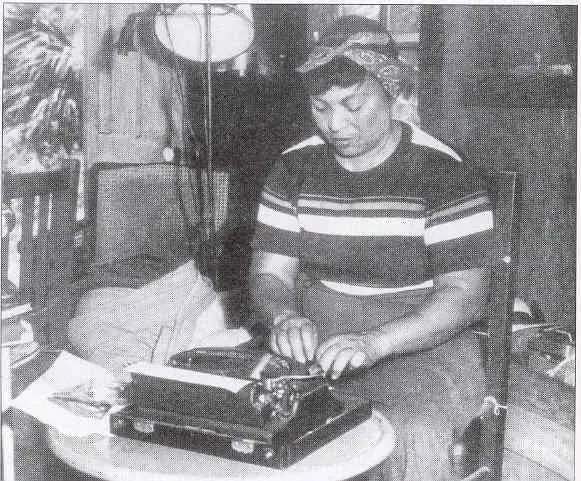February is Black History Month.
A new exhibit at the Brevard Museum of History and Natural Science in Cocoa is recognizing the accomplishments of two internationally known Floridians with strong local ties.
On display are panels featuring rare photographs, letters, and information about educator, activist, and civil rights martyr Harry T. Moore; and writer, folklorist, and anthropologist Zora Neale Hurston. A video component produced by the Florida Historical Society includes commentary from scholars and oral history interviews with friends and relatives.
On Christmas night 1951, a bomb exploded under the Mims home of Harry T. Moore. The blast was so loud it could be heard several miles away in Titusville.
Moore died while being transported to Sanford, the closest place where a black man could be hospitalized. His wife Harriette died nine days later from injuries sustained in the blast.
The couple celebrated their twenty-fifth wedding anniversary on the day of the explosion, and Harriette lived just long enough to see her husband buried.
The Moore’s daughter, Juanita Evangeline Moore, died on October 26, 2015. In a video interview included in the new exhibit, Moore remembers that she was working in Washington, D.C. in 1951, and was scheduled to come home for the holidays on December 27th, aboard a train called the Silver Meteor. She did not hear the news about her family home being bombed until she arrived.
“When I got off the train in Titusville, I knew something was very, very wrong,” Moore said. “I had not turned on radio or television, so I didn’t know a thing about it until I got off the train. I noticed that my mother and father were not in front of all my relatives to greet me and they were always there.”
Moore was given the news by her Uncle George, who was home on leave from Korea.
“We got into his car and got settled, and the first thing I asked was ‘Well, where’s Mom and Dad?’ No one said anything for a while, it was complete silence. Finally, Uncle George turned around and he said ‘Well, Van, I guess I’m the one who has to tell you. Your house was bombed Christmas night. Your Dad is dead and your Mother is in the hospital.’ That’s the way I found out,” said Moore.
“I’ve never gotten over it. It was unbelievable.”
Moore and his wife were killed 12 years before Medgar Evers, 14 years before Malcolm X, and 17 years before Martin Luther King, Jr., making them the first martyrs of the contemporary civil rights movement.
On July 9, 1951, writer, folklorist, and anthropologist Zora Neale Hurston wrote in a letter to Florida historian Jean Parker Waterbury: “Somehow, this one spot on earth feels like home to me. I have always intended to come back here. That is why I am doing so much to make a go of it.”
It would be natural to assume that Hurston was writing about her adopted hometown of Eatonville, Florida. Growing up in Eatonville, the oldest incorporated municipality in the United States entirely governed by African Americans, instilled in Hurston a fierce confidence in her abilities and a unique perspective on race. Eatonville figures prominently in much of Hurston’s work, from her powerful 1928 essay How It Feels To Be Colored Me to her acclaimed 1937 novel Their Eyes Were Watching God.
Hurston, however, was not writing about Eatonville when she spoke of “the one spot on earth [that] feels like home to me” where she was “the happiest I have been in the last ten years” and where she wanted to “build a comfortable little new house” to live out the rest of her life.
Zora Neale Hurston called Brevard County “home” for some of the most fulfilling and productive years of her life, first in 1929, and again for most of the 1950s. It was here that she wrote her most important collection of folklore, Mules and Men.
To find out more about the lives and accomplishments of Harry T. Moore and Zora Neale Hurston, visit the Black History Month exhibit at the Brevard Museum of History and Natural Science in Cocoa. Museum hours are 10am to 5pm, Wednesday through Saturday.

